Earthquakes: New tremors between Santorini and Amorgos – Risk level rises, says Papadopoulos – All measures
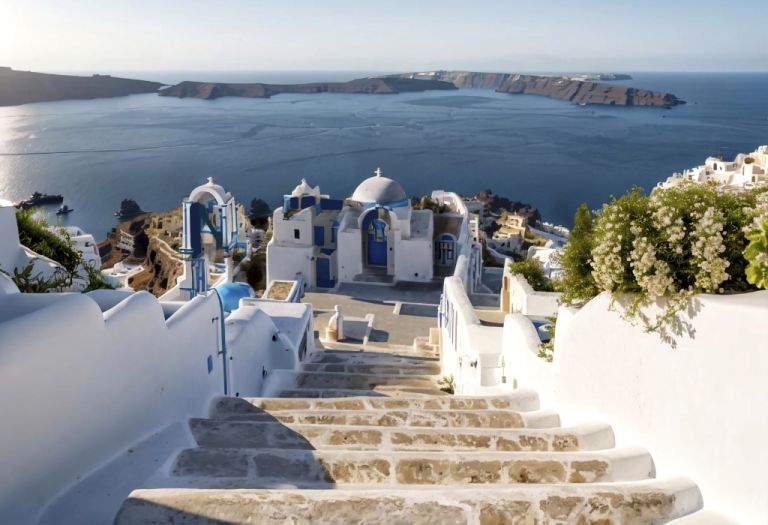
Πηγή Φωτογραφίας: freepik, Earthquakes: New tremors between Santorini and Amorgos – Risk level rises, says Papadopoulos – All measures
A barrage of hundreds of seismic tremors continues in the area, with the strongest reaching 4.5 on the Richter scale at 9:22 AM today, 22 kilometers southwest of Amorgos. The intense seismic activity of recent days is concentrated northeast of Santorini, near the Kolumbo volcano.
earthquakes in santorini: 4.1 and 4.5 richter in amorgos


On Sunday morning, a new 4.1-magnitude earthquake struck at 08:48 AM, followed by a stronger 4.5-magnitude tremor shortly after. Notably, within just three hours, approximately 30 earthquakes over 3.0 Richter were recorded.
According to the Revised Solution by the Geodynamic Institute, the first earthquake at 08:48 AM had its epicenter 21 kilometers south-southwest of Arkesini, Amorgos, with a focal depth of 13.5 kilometers.
The second, stronger tremor at 09:22 AM had its epicenter 22 kilometers south-southwest of Arkesini, Amorgos, with a focal depth of 14.6 kilometers.
Since Sunday morning, dozens of earthquakes exceeding 3.4 Richter have been recorded in the sea area between Santorini and Amorgos, with the strongest reaching 3.7 Richter at 7:29 AM.
Seismologists emphasize that the seismic activity is tectonic, originating from the faults in the Anydro Basin rather than volcanic activity, though opinions on this matter vary.
Risk level rising, says Gerasimos Papadopoulos
Renowned seismologist Gerasimos Papadopoulos commented on the intense seismic swarm affecting Santorini, Amorgos, and the surrounding smaller islands.
In his statement, Papadopoulos wrote: “Earthquakes in Santorini-Amorgos. Seismic activity has continued unabated in recent hours, with numerous tremors exceeding 3.5 in magnitude. A 4.5 just occurred. As I stated yesterday, these earthquakes are tectonic, not volcanic. However, the risk level has increased compared to 48 hours ago due to the rise in the number of quakes, their magnitude, and the shifting of epicenters further northeast.”
earthquakes in santorini-amorgos: growing concern over seismic swarm – precautionary measures implemented
The Seismic Risk Committee has taken measures, including closing schools and restricting public gatherings in enclosed spaces in Santorini.
Professor Kostas Papazachos, a seismologist from the Aristotle University of Thessaloniki and president of the Santorini Volcano Monitoring Institute (IMPIS), clarified that it is incorrect to link the current seismic swarm to the ongoing volcano-related crisis in the Santorini caldera, which has been active since September 2024.
In an article published by the Santorini news outlet atlantea.news, Papazachos explained that two distinct phenomena are occurring simultaneously in Santorini:
- Inside the Santorini caldera, there is seismic activity with small earthquakes (up to ~4.0 magnitude), mainly along the Kameni fault, from Palea Kameni to Fira. This activity is caused by the deformation of the northern caldera. Both events have been detected early by IMPIS monitoring systems, which were the first to alert Greek authorities. This event is similar to the 2011-2012 phenomenon, linked to the same volcanic center, and is evolving gradually over several months.
- In the Anydro Basin, a strong seismic sequence has been ongoing since January 26, 2025. It is concentrated along faults in the basin, although the exact faults involved remain uncertain.
Papazachos then addressed key questions:
“can two seismic events occur at the same time? is it just coincidence?”
We don’t know for sure. What we do know is that the same forces responsible for tectonic activity (fault movements) are also linked to volcanic activity. However, even if there is some distant connection, these two phenomena are evolving independently—one is volcanic (inside the caldera), the other is tectonic (in Anydro Basin).
“there have been no recent earthquakes inside the caldera. has the deformation in the caldera stopped?”
After the strongest quake inside the caldera on January 25, 2025 (M=3.8), seismic activity has subsided. While we are not certain, this decrease could be temporary, as seen in 2011-2012 when activity paused between July and September. Other indicators (ground deformation, temperature changes, etc.) have not shown significant variations.
“does the seismic activity in anydro mean the kolumbo volcano is waking up?”
Available data suggests that the recent seismic swarm is not occurring at Kolumbo but rather further northeast, along faults in the Anydro Basin. Typical Kolumbo seismic activity is very different, usually confined to a narrow vertical “pipe” about 5 kilometers in diameter, with epicenters directly beneath the volcano at depths of 5-10 kilometers.
The seismic activity in Santorini is happening far from Kolumbo, along a clear tectonic fault zone with a northeast-southwest orientation. All indicators suggest this is a classic, intense seismic-tectonic event. Additionally, geological data confirms that the Santorini and Kolumbo volcanic systems are distinct, with different microseismic activity and temperature patterns. Despite limited data on Kolumbo, there is no indication that both volcanic centers are becoming active simultaneously.
“if the seismic activity in anydro is purely tectonic, could a stronger earthquake occur?”
Unfortunately, there is no scientific method to determine whether a seismic sequence is foreshock activity. In other words, the global scientific community cannot predict whether a major earthquake will follow.
What we do know from marine studies is that the area contains both small and large faults, some of which could produce an earthquake of M=6 or greater. However, this does not mean such an earthquake will necessarily occur, as not every active fault experiences a full rupture.
It is highly possible that activity will gradually subside, following a typical earthquake swarm pattern, or that a moderate but not catastrophic main shock (M~5) will occur, which would be noticeable but not have severe consequences for Santorini.
This scientific uncertainty is precisely why earthquake preparedness focuses on structural resilience rather than short-term predictions.
“are these earthquakes connected to the volcano?”
tselentis on the santorini earthquakes: “no reason for concern at the moment”
Seismologist Akis Tselentis stated on Facebook that “these earthquakes are tectonic but naturally linked to the volcano (e.g., magma movement affecting stress distribution, etc.)”.
Regarding Kolumbo, Tselentis emphasized that it is the most active submarine volcano in the Mediterranean and is continuously monitored in real-time. The American Geophysical Union (AGU) highlighted this in a 2023 report.
Researchers estimate that the magma chamber beneath Kolumbo is slowly refilling, at an average rate of 4 million cubic meters per year. The total magma volume now accumulated is at least 1.4 cubic kilometers.
Seismic tremors inside the Santorini caldera are linked to the Kameni fault and resemble the 2011-2012 seismic-volcanic unrest, which did not lead to an eruption.
“At this stage, I see no significant danger,” Tselentis concluded. “The very experienced committee assessing the situation for civil protection reached the same conclusion. However, Santorini in 2025 is not the same as in 1939 or 1950.”
all emergency measures implemented
The Seismic Risk Committee decided to:
- Close all schools in Santorini on February 3, 2025
- Restrict large gatherings in enclosed spaces
- Prohibit access to Ammoudi and the Old Port of Fira
Authorities will continue monitoring seismic activity and reassess the situation as needed.
Source: pagenews.gr
Διαβάστε όλες τις τελευταίες Ειδήσεις από την Ελλάδα και τον Κόσμο






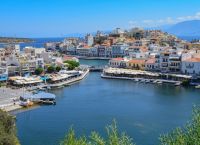


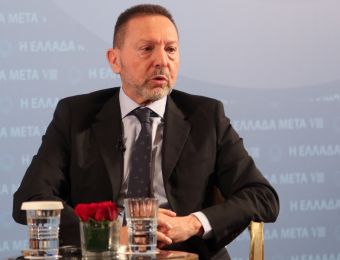

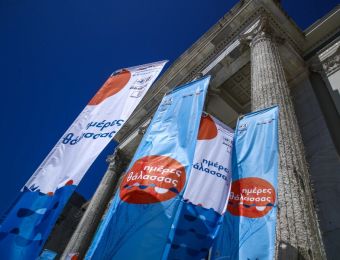
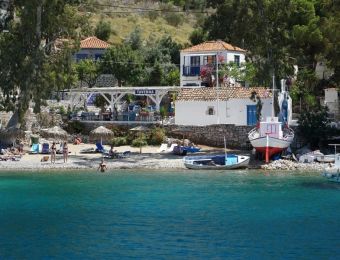
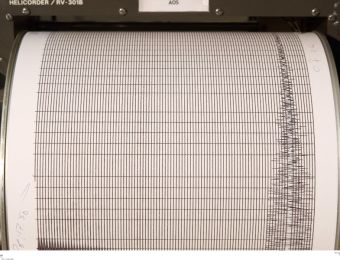
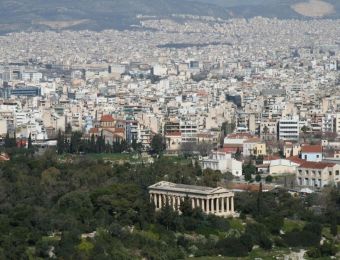
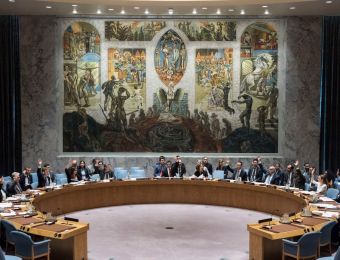
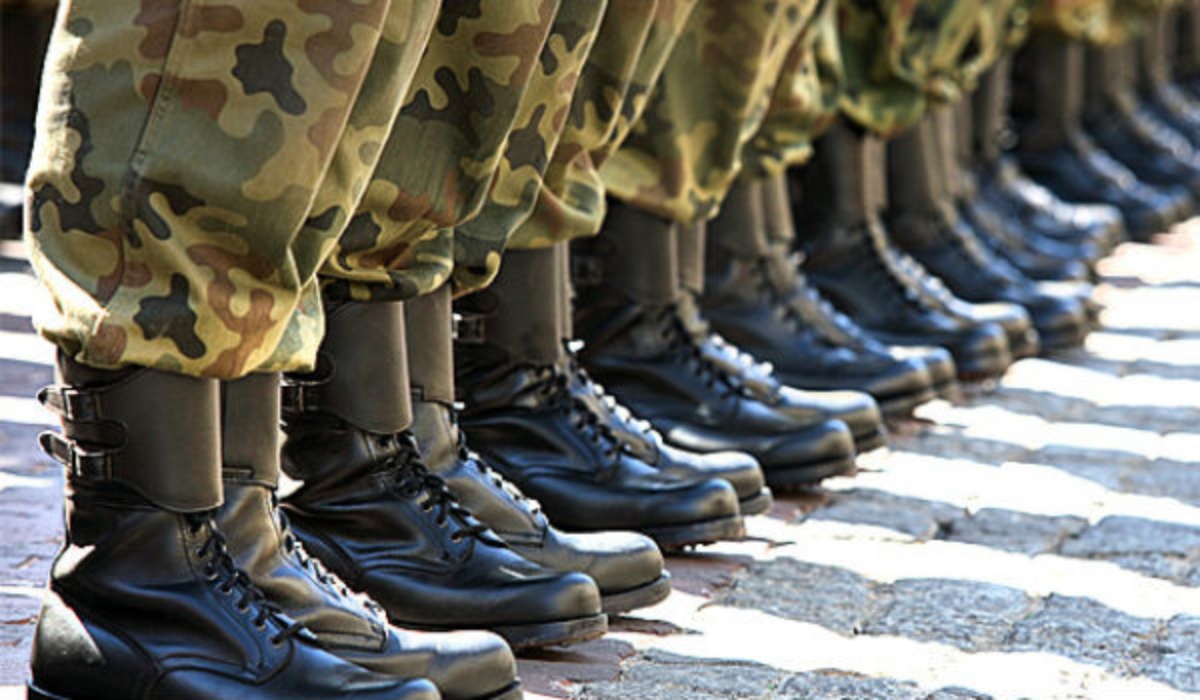
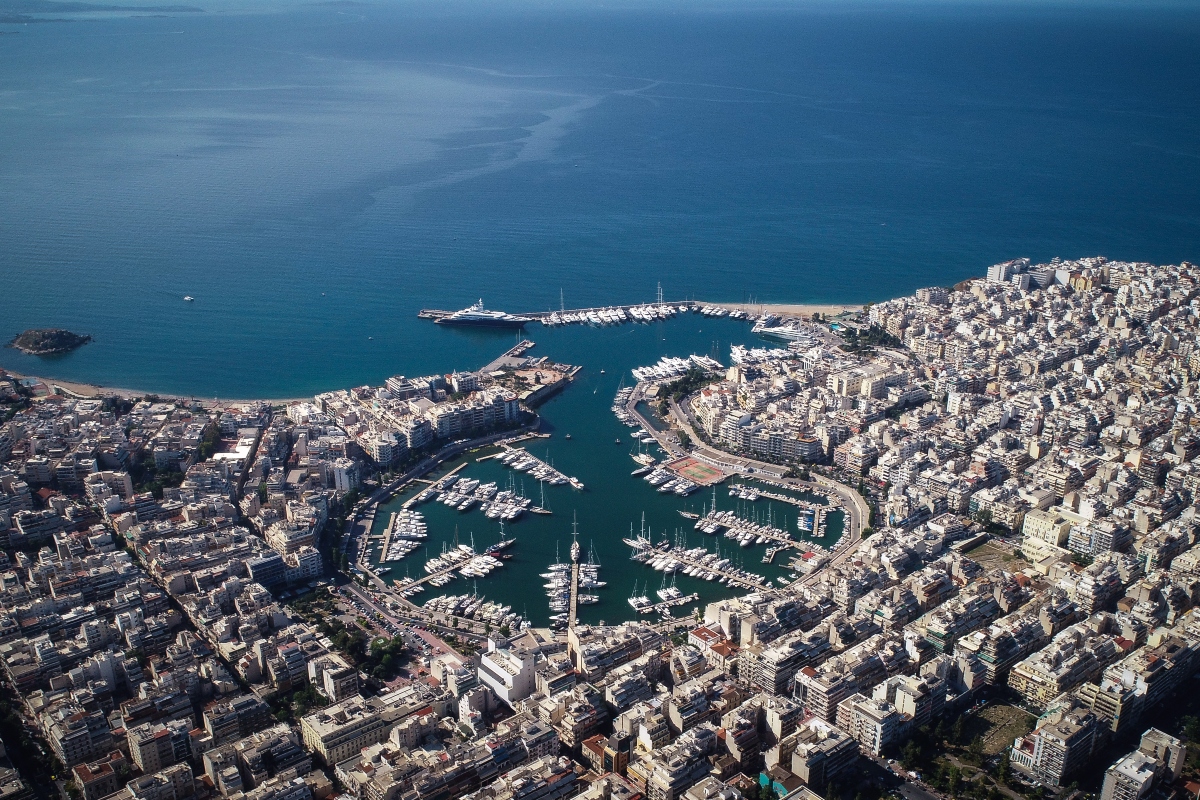
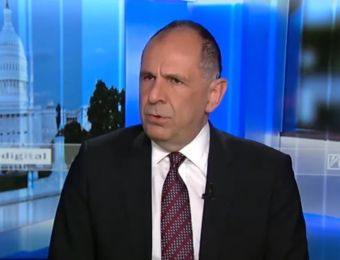
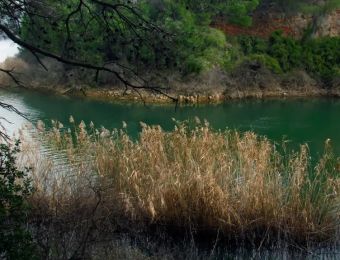
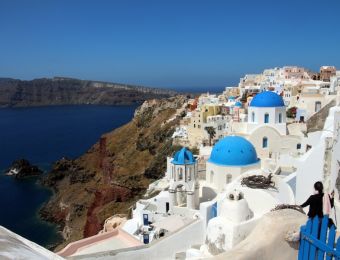


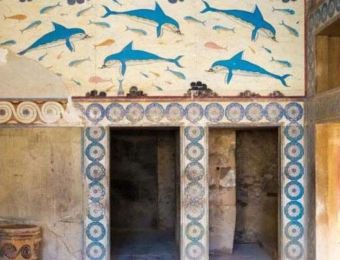

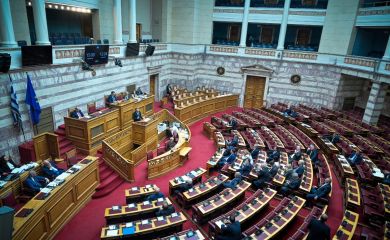

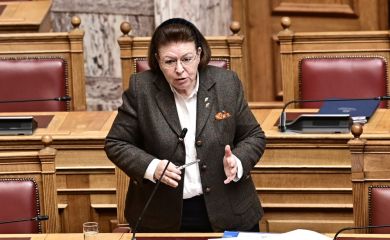


Το σχόλιο σας